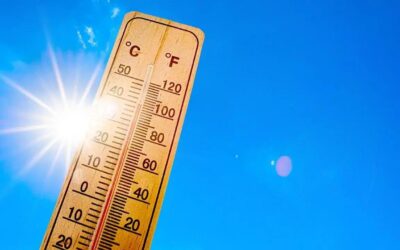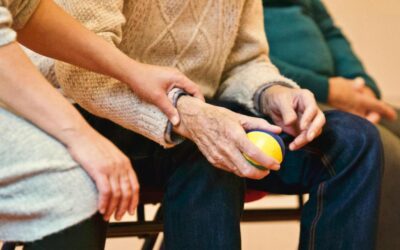Climate change could worsen diarrhoea risk in south, southeast Asia: Study

Climate change could worsen the risk of diarrhoea — a leading cause of death among children aged under five — across south and southeast Asia, including India, endangering the health of millions of children, according to a study.
Researchers from Australia, including those from Flinders University, analysed data of more than three million children, taken from national surveys of eight Asian countries, such as Bangladesh, Pakistan, Sri Lanka and Indonesia.
Prevalence of diarrhoea was found to be about 8 per cent among India`s under-fives. The disease is marked by passing loose, watery stools occurring more often than normal. Dehydration, malnutrition and an impaired immunity are among its risk factors.
The findings, published in the journal Environmental Research, also highlight temperature extremes and declining rainfall (in a year`s wettest month) as the two main climate-associated factors driving a higher risk of diarrhoea among children.
A wider range of yearly temperatures — 30 to 40 degrees Celsius — was related with a 39 per cent increase in chances of diarrhoea among children, while less-than-usual rainfall in the wettest month (under 600 millimetres) increased the risk by about 30 per cent.
Further, children of mothers with less than eight years of schooling were found to face an 18 per cent higher risk of diarrhoea, lead researcher Syeda Hira Fatima from Flinders University said.
“This makes investing in maternal education one of the most powerful and scalable climate-adaptation strategies — not only to improve child health, but also to address broader challenges like overcrowding and poor hygiene,” Fatima said.
“Education empowers mothers to act early when their children fall ill, which can save lives,” the lead researcher said and added that its role in climate-health policies is central, especially in the world`s densely populated, high-risk regions.
Citing previous research, co-author Corey Bradshaw, professor of global ecology at Flinders University, said 88 per cent of deaths due to diarrhoea are linked to unhygienic conditions, including unsafe drinking water.
“Improved access to drinking water can reduce the risk of diarrhoea by 52 per cent, while better sanitation facilities can lower the risk by 24 per cent,” Bradshaw said.
The author added that poverty is known to increase diarrhoea risk by limiting access to nutrition, clean water and healthcare, while also fostering environments where diarrhoeal pathogens thrive.
“With our recent research also showing that droughts in East Asia will intensify based on 1,50,000 years of monsoon records, this new study now warns that the intensified impacts of climate change will lead to increased child diarrhoea and all the associated health impacts in Asia,” Bradshaw said.
The authors wrote, “Higher annual temperature range (30-40 degrees Celsius) was associated with a (nearly) 39 per cent increase in diarrhoea probability, while lower precipitation in the wettest month (under 600 millimetres) increased risk by (nearly) 29 per cent, highlighting the role of drier conditions.”
“We found that maternal education (under) eight years increased diarrhoea probability by (nearly) 18 per cent, and household sizes exceeding six members increased it by (nearly) nine per cent,” they wrote.
This story has been sourced from a third party syndicated feed, agencies. Mid-day accepts no responsibility or liability for its dependability, trustworthiness, reliability and data of the text. Mid-day management/mid-day.com reserves the sole right to alter, delete or remove (without notice) the content in its absolute discretion for any reason whatsoever
Search
Recent
- Watch | Gill, Gambhir’s priceless reactions after Akash Deep’s 50: ‘Smile says it all’
- Prajwal Revanna gets life imprisonment for raping 47-year-old domestic worker
- CM Sukhvinder Singh Sukhu urges Centre for relaxation in forest norms
- Watch: Rainfall brings Patna to standstill; waterlogging triggers traffic jams
- A ‘Dagger in the Heart’ of Climate Change Regulation





